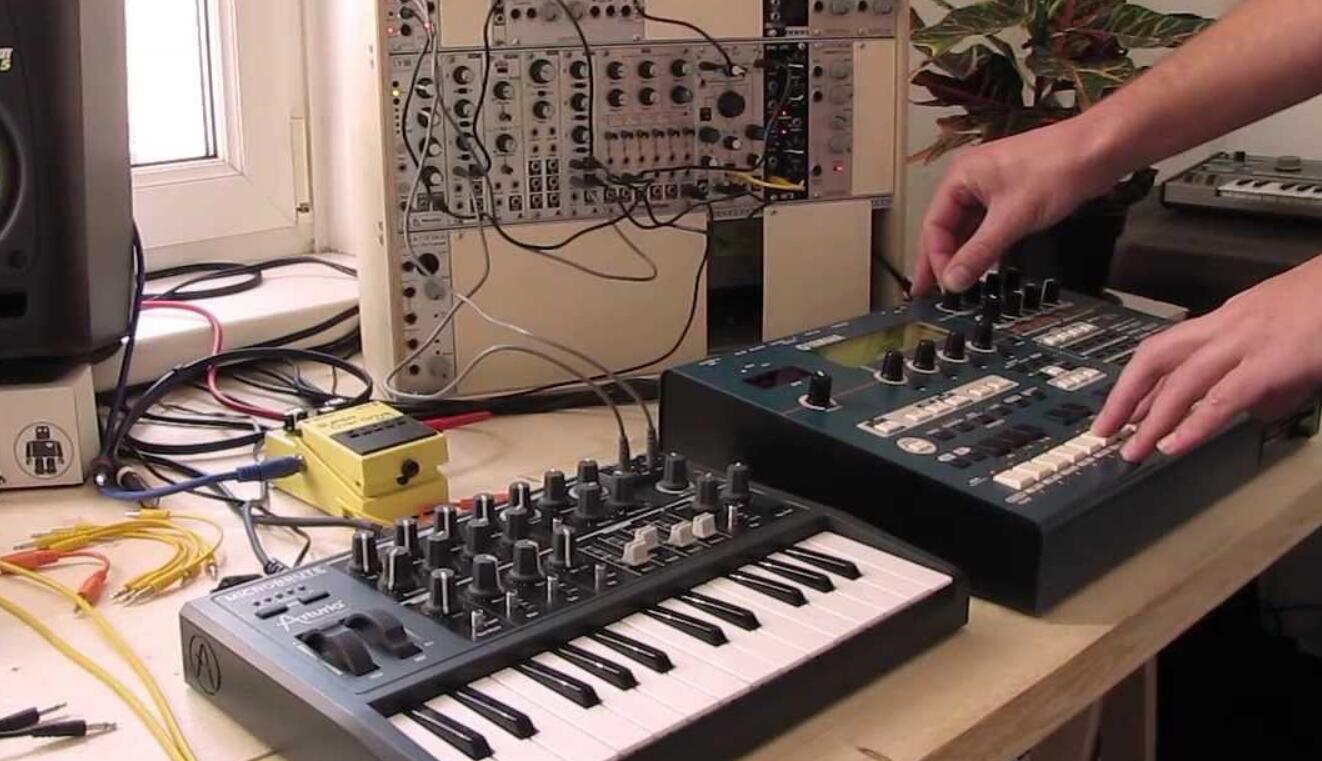
You’ll need a second lightning cable to do this. It also has a lightning socket so you can charge your iOS device at the same time. This connects to your iOS device through its lightning connector and allows you to plug in a cable with a USB-A connector. This plugs into the Apple Lightning to USB Camera Adapter. Whatever you get, it must have a standard male USB-A connector on one end. If your keyboard or digital piano has a different connector, you’ll need a different cable.

If your piano has more traditional 5-pin DIN connectors, you’ll need a MIDI to USB adapter like the iRig Midi 2 UNiversal MIDI Interface. Be careful with these as they can be easily dislodged. Most use the larger USB-B connector, but some use the mini and micro USB connectors. If you’re using an Android tablet it should be the same except for the need for an Apple Lightning to USB Camera Adapter.Īny keyboard or digital piano with a USB MIDI interface will work here. I must stress here that I’m using an iPad Pro, so some of the information here is iPad specific.


Learning to play with the help of an app is all well and good but to anyone in the house, having to listen to someone bashing away on a piano with some cheesy backing music or the app chatting away, can be pretty annoying. This means the app can check which keys you’re playing and help guide you though your piano lessons.Ī great example of this is Simply Piano by JoyTunes. I quickly discovered there are some really great apps available on iOS for learning piano and the majority of them allow you to connect your iOS device to your digital piano via its MIDI port. Its piano sounds are amazing and the graded-hammer-action on the keys really do feel like an acoustic piano. I recently bought a Yamaha P-115 Digital Piano (which I love) in an attempt to teach myself to play piano.


 0 kommentar(er)
0 kommentar(er)
